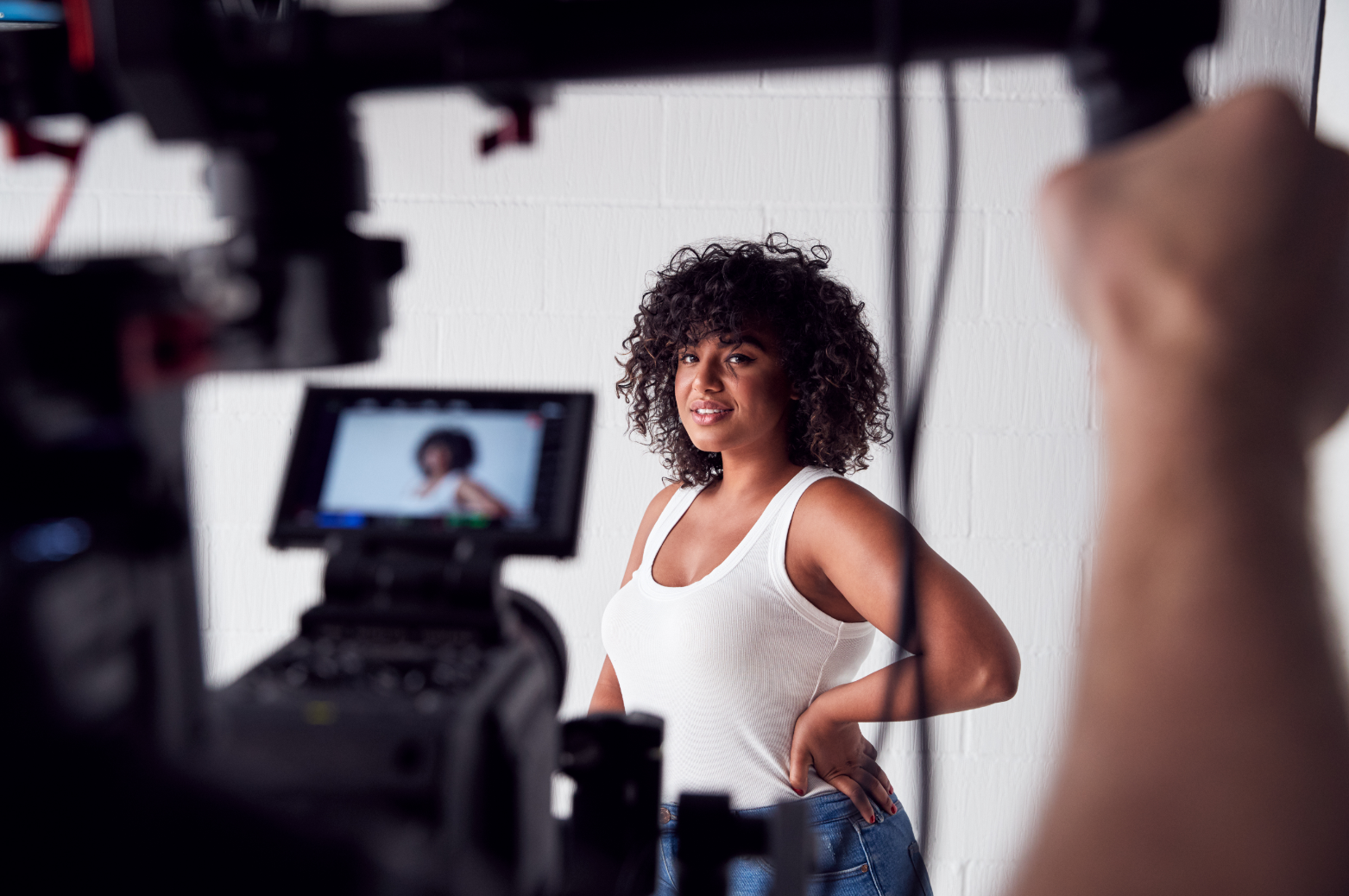How to Repurpose Your Video Content for Maximum Impact

Did you know that video content is projected to account for a staggering 82% of global internet traffic by 2024?
It's no wonder that businesses and individuals are leveraging the power of video to captivate audiences and deliver their messages effectively. But here's a question for you: are you making the most out of your video content? What if we told you there's a way to repurpose your videos and amplify their impact?
In this blog post, we'll explore the art of repurposing video content and discover how you can unlock its full potential to reach a wider audience. Get ready to revolutionize your video strategy and make every frame count!
How to Repurpose Video Content?
Repurposing video content refers to the process of taking an existing video and transforming it into different formats or mediums to reach a wider audience. The goal is to leverage the value of your original video by adapting it to various platforms and repackaging it in a way that appeals to different audience segments. By repurposing your video content, you can save time and resources while maximizing its reach and impact.
Benefits of Repurposing Video Content
- Increases visibility: By repurposing your video content, you can reach audiences who prefer different mediums or platforms.
- Expands audience engagement: Different formats cater to different preferences, allowing you to engage a broader audience base.
- Improves SEO and discoverability: Repurposing written content from videos can enhance your website's search engine optimization.
- Extends the lifespan of content: Instead of a video becoming outdated or forgotten, repurposing allows it to stay relevant and valuable for a longer period.

Analyzing Existing Video Content
Before you start repurposing your video content, it's essential to analyze your existing video library. Take the following steps:
- Reviewing your video library: Identify the videos that have performed well in terms of views, engagement, and audience feedback. These videos can serve as a starting point for repurposing efforts.
- Identifying evergreen and high-performing videos: Look for videos that have timeless value and continue to resonate with your target audience. These videos can be repurposed to reach new viewers who may have missed them initially.
- Understanding the target audience and their preferences: Consider the demographics, interests, and behavior of your target audience. This information will help you determine the best repurposing strategies and formats to engage them effectively.
Choosing the Right Repurposing Strategies
Once you have analyzed your video content, it's time to select the most suitable repurposing strategies. Here are some effective approaches:
- Transcribing videos into written content: Transcribing your videos allows you to repurpose the content into blog posts, articles, or even eBooks. By turning your video's spoken content into a written format, you can appeal to readers and improve your website's SEO. Tools like Rev.com or Happy Scribe can assist you in transcribing your videos accurately.
- Creating blog posts and articles: Take key points, insights, or stories from your videos and expand upon them in written form. Include relevant images, screenshots, or video snippets to enhance the article. This repurposed content can be published on your blog, shared on social media, or submitted as guest posts on industry websites.
- Crafting social media snippets and teasers: Capture short, attention-grabbing snippets or highlights from your videos and repurpose them as teasers for social media platforms. These snippets can be shared on Facebook, Instagram, Twitter, and LinkedIn, along with a link to the full video or written content. Use engaging captions and compelling visuals to entice viewers to watch or read more.
- Podcasts: If you have valuable audio content in your videos, consider converting them into podcasts. Extract the audio and edit it to create standalone episodes or podcast series. Publish them on platforms like Spotify, Apple Podcasts, or Google Podcasts. This allows you to tap into the growing podcast audience and reach listeners who prefer audio content.
- Infographics or slideshows: If your videos contain data, statistics, or visually appealing content, repurpose them into infographics or slideshows. Visual formats like infographics can quickly convey information and are highly shareable on social media platforms like Pinterest or LinkedIn. Use tools like Canva or Piktochart to create visually appealing graphics.
Optimizing Repurposed Content for Different Platforms
Once you have repurposed your video content, it's crucial to optimize it for different platforms to maximize its impact. Consider the following tips:
- Tailoring content for specific social media platforms: Each social media platform has its own format and audience preferences. For example, on Instagram, focus on visually appealing images or video snippets with engaging captions, while on LinkedIn, emphasize professional insights and industry-related content. Customize your repurposed content to suit each platform's requirements.
- Adapting content for different formats: Adjust your repurposed content's dimensions to fit the specific format requirements of each platform. For example, create square videos for Instagram, vertical videos for TikTok, or landscape videos for YouTube. By optimizing the format, you ensure that your content appears seamlessly and attractively on each platform.
- Incorporating captions, subtitles, and relevant hashtags: Enhance the accessibility and discoverability of your repurposed content by including captions or subtitles. These help viewers follow along even without sound and improve SEO. Additionally, use relevant hashtags to increase the visibility of your content on platforms like Twitter and Instagram.
- Optimizing SEO for repurposed written content: When repurposing video content into a written format, ensure that you optimize it for search engines. Conduct keyword research and incorporate relevant keywords(link) naturally throughout the text. Include meta descriptions, title tags, and header tags to improve SEO and increase the chances of your repurposed content being discovered through search engines.

Conclusion
Repurposing video content is an effective strategy to maximize its impact and extend its reach. By analyzing your existing video library, choosing appropriate repurposing strategies, and optimizing the content for different platforms, you can engage a broader audience and enhance your online presence. Remember, repurposing allows you to make the most out of your video content and ensure that your valuable messages reach as many people as possible.
So, don't let your video content gather dust. Start repurposing and see the remarkable results it can bring to your brand or personal endeavors.
Want to make the most out of your video content? Contact us today and let’s get started.


